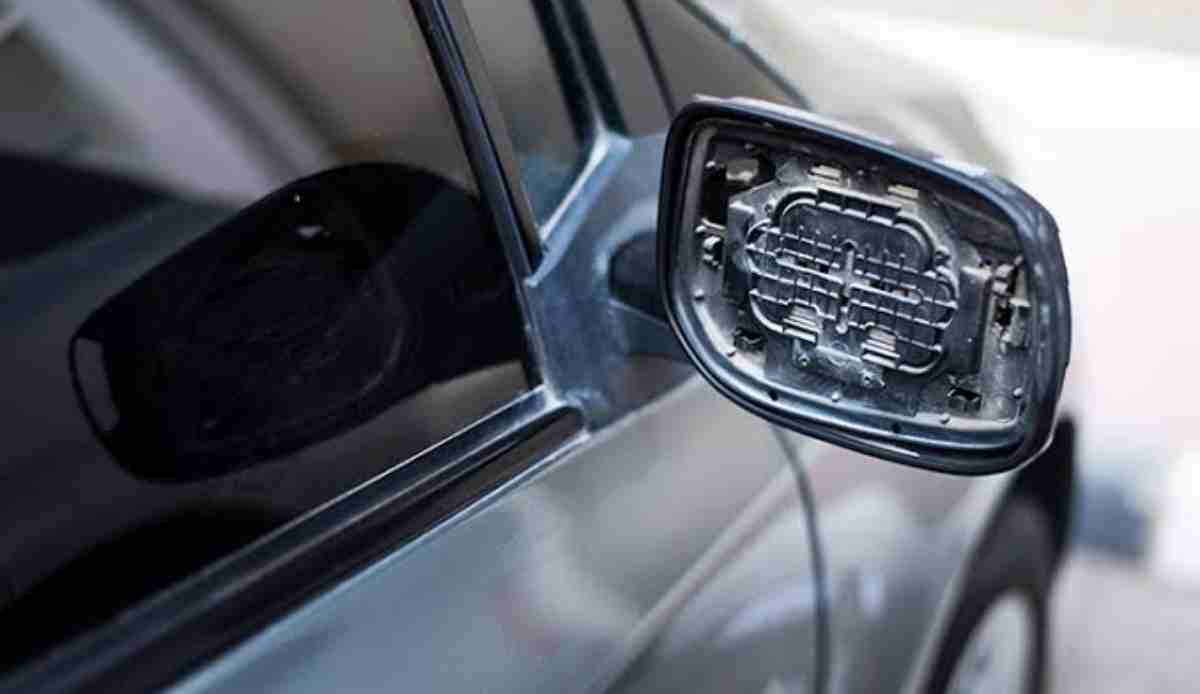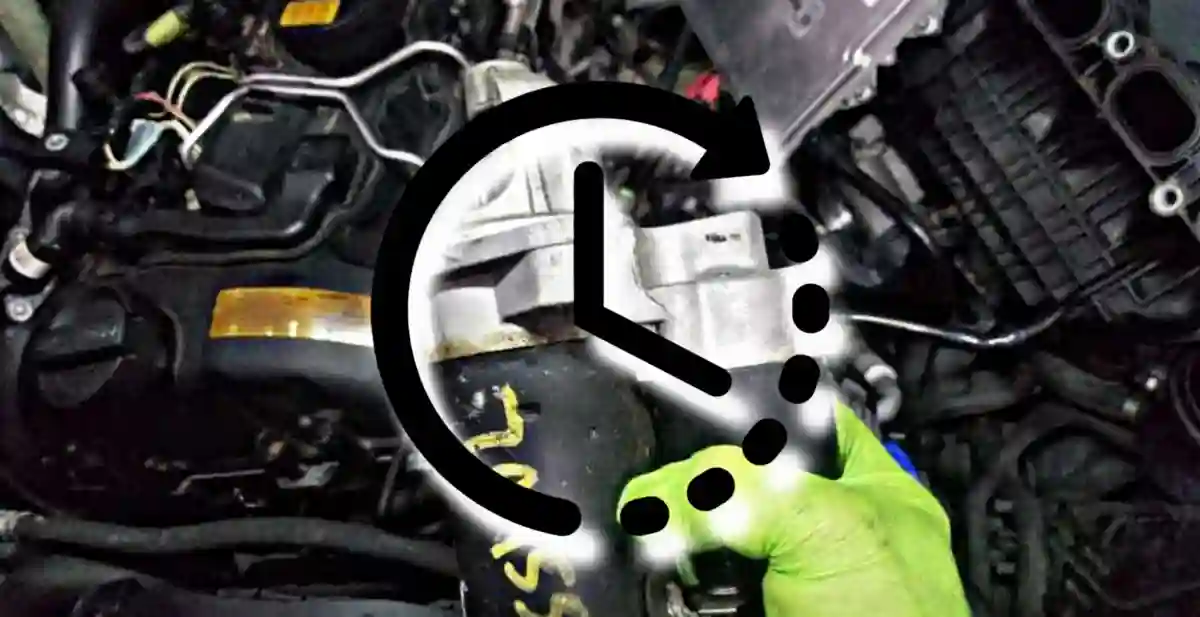When your radiator clogs, you can backflush it, so this article shows you how to backflush a radiator properly.
To backflush a radiator, you will clean it from the opposite direction. In newer cars, you use side to side or crossflow across the radiator while you do it from top to bottom on vintage cars.
You can connect a garden hose or water pump to backflush the heat exchanger. It will flush dirt backward, releasing closed cooling areas in the radiator.
If you have a modern vehicle and used an anti-corrosion coolant, you may not have to backflush the radiator. At least not too often.
How to Backflush a Radiator
This section highlights the steps to give your radiator a proper backflush. Below are the steps regarding how to backflush a radiator:
-
Allow the Engine to Cool
Allow the vehicle to cool; you do not want to carry out the procedure on a heated engine. The fluid is still hot and can cause injury. Experts recommend backflushing in the morning when the engine is cool.
-
Disable Water Chanel and Remove Radiator Cap
Next, disable the central heating system on your vehicle and turn off the radiator water supply. To release the system pressure, unscrew the radiator cap at the top of the radiator.
-
Drain Radiator
The next step is to drain the radiator. Most vehicles have a drain plug underneath. Meanwhile, you may follow our guide to drain your radiator from the engine block.
To know where the plug is fixed, use the car owner’s manual. When you locate it, place a bucket below the plug to collect the fluid when you remove the plug. The radiator flush should begin.
-
Disconnect the Hose from Engine
Now, get a utility knife and cut the heater hose running the engine from the radiator. Fetch the T-shape junction pipe from the radiator back flush kit and insert the hose there. Ensure that the ends of both ends of the hose go over the top of the ‘T’ branches.
Use a screwdriver to tighten the clamps from flushing to secure the ends. Now, attach a garden hose on the free end of the T shape and affix the other end of the tap of the hose.
-
Put a Diverter on the Radiator
Add a diverter on the radiator top with a screw, where you had the radiator cap. You would find the diverter in your backflush kit; it is a small piece.
When you flush the radiator, water flows out through the diverter. You can connect a hose from the diverter to reduce the mess by directing the flush into a bucket.
-
Enable Heater
Turn on the engine and enable the heater and turn on the garden hose to circulate the remnant coolant/antifreeze in the system. It will eventually be flushed out through the diverter to the bucket.
-
Allow the Water to Keep Flushing
You have to keep flushing the system until the water is clear. When the water becomes clear, turn off your car and garden hose.
Finally, drain the radiator to get rid of the water during the flush and seal the drain cap. Detach the diverter, too. Now, put new coolant/antifreeze in the radiator from the point you removed the diverter. When you fill the radiator, replace the radiator cap and the backflushing is done.
Be careful when backflushing your radiator. You can follow the flush kit instructions to enhance the process. Though the kit instructs you to cut the heater hose, attach the hose, remove the radiator cap and flush the system, it does not mention the specific hose to use.
At about 35-pound pressure, heater cores are OK, but some hoses pass up to 90-pound pressure that can damage the heater core in the radiator. The vehicle uses the heater core to heat things. On older cars, it is easier to replace the heater core, but not the same in modern cars.
Can you flush radiator with coke?
Sparkling water contains phosphoric acid, and so does coke or Coca-Cola. However, coke also contains sugar, and flushing a radiator with coke means the sugar is retained in the system in a solid form. If you are using coke to backflush, make sure to flush with water thoroughly.
How to know if the radiator needs backflushing
When your radiator clogs, you might be able to tell it’s time to perform a backflush. You can open the radiator petcock valve beneath or from the engine-facing side and inspect it. Now, refer to our extensive guide disclosing how to fix a clogged radiator and steps to determine whether yours has clogged up.
Final Thoughts
Experts recommend backflushing by getting a flush kit, splicing it into the heater hose with a provision for a garden hose. It will direct the flush in the opposite direction accord the cooling system.
A common reverse flush method, however, is to remove the radiator, place it upside down and get water from the garden hose through the radiator bottom.
As mentioned earlier, be careful when backflushing the radiator, especially if the coolant/antifreeze has not been changed in a long while. Meanwhile, backflushing is not recommended on older vehicles with higher mileage; it can damage the radiator, which is made of aluminum.
![How to Idle a Car [Manual and Automatic Transmission] How to Idle a Car [Manual and Automatic Transmission]](https://sanedriver.org/wp-content/uploads/2021/09/PicsArt_09-11-10.47.31.jpg)

